Heedong Do
Optimum Discrete Beamforming via Minkowski Sum of Polygons
Dec 17, 2025Abstract:This letter casts the problem of optimum discrete beamforming as the computation of the Minkowski sum of convex polygons, which is itself a convex polygon. The number of vertices of the latter is at most the sum of the number of vertices of the original polygons, enabling its efficient computation. This original and intuitive formulation confirms that the optimum beamforming solution can be found efficiently.
Transformer-Based Nonlinear Transform Coding for Multi-Rate CSI Compression in MIMO-OFDM Systems
Feb 27, 2025



Abstract:We propose a novel approach for channel state information (CSI) compression in multiple-input multiple-output orthogonal frequency division multiplexing (MIMO-OFDM) systems, where the frequency-domain channel matrix is treated as a high-dimensional complex-valued image. Our method leverages transformer-based nonlinear transform coding (NTC), an advanced deep-learning-driven image compression technique that generates a highly compact binary representation of the CSI. Unlike conventional autoencoder-based CSI compression, NTC optimizes a nonlinear mapping to produce a latent vector while simultaneously estimating its probability distribution for efficient entropy coding. By exploiting the statistical independence of latent vector entries, we integrate a transformer-based deep neural network with a scalar nested-lattice uniform quantization scheme, enabling low-complexity, multi-rate CSI feedback that dynamically adapts to varying feedback channel conditions. The proposed multi-rate CSI compression scheme achieves state-of-the-art rate-distortion performance, outperforming existing techniques with the same number of neural network parameters. Simulation results further demonstrate that our approach provides a superior rate-distortion trade-off, requiring only 6% of the neural network parameters compared to existing methods, making it highly efficient for practical deployment.
Multidimensional Polynomial Phase Estimation
Nov 11, 2024Abstract:An estimation method is presented for polynomial phase signals, i.e., those adopting the form of a complex exponential whose phase is polynomial in its indices. Transcending the scope of existing techniques, the proposed estimator can handle an arbitrary number of dimensions and an arbitrary set of polynomial degrees along each dimension; the only requirement is that the number of observations per dimension exceeds the highest degree thereon. Embodied by a highly compact sequential algorithm, this estimator exhibits a strictly linear computational complexity in the number of observations, and is efficient at high signal-to-noise ratios (SNRs). To reinforce the performance at low and medium SNRs, where any phase estimator is bound to be hampered by the inherent ambiguity caused by phase wrappings, suitable functionalities are incorporated and shown to be highly effective.
Multi-Rate Variable-Length CSI Compression for FDD Massive MIMO
Nov 30, 2023Abstract:For frequency-division-duplexing (FDD) systems, channel state information (CSI) should be fed back from the user terminal to the base station. This feedback overhead becomes problematic as the number of antennas grows. To alleviate this issue, we propose a flexible CSI compression method using variational autoencoder (VAE) with an entropy bottleneck structure, which can support multi-rate and variable-length operation. Numerical study confirms that the proposed method outperforms the existing CSI compression techniques in terms of normalized mean squared error.
Hybrid Arrays: How Many RF Chains Are Required to Prevent Beam Squint?
Oct 11, 2023Abstract:With increasing frequencies, bandwidths, and array apertures, the phenomenon of beam squint arises as a serious impairment to beamforming. Fully digital arrays with true time delay per antenna element are a potential solution, but they require downconversion at each element. This paper shows that hybrid arrays can perform essentially as well as digital arrays once the number of radio-frequency chains exceeds a certain threshold that is far below the number of elements. The result is robust, holding also for suboptimum but highly appealing beamspace architectures.
On the Learning of Digital Self-Interference Cancellation in Full-Duplex Radios
Aug 11, 2023
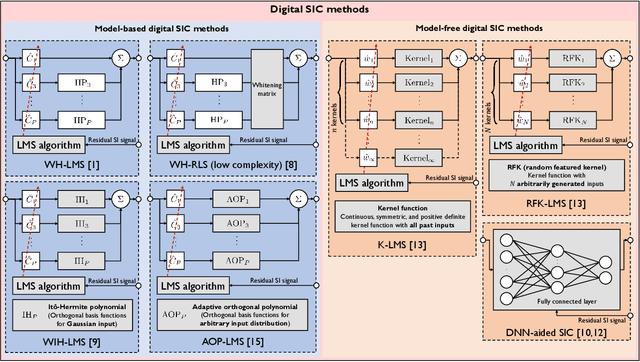
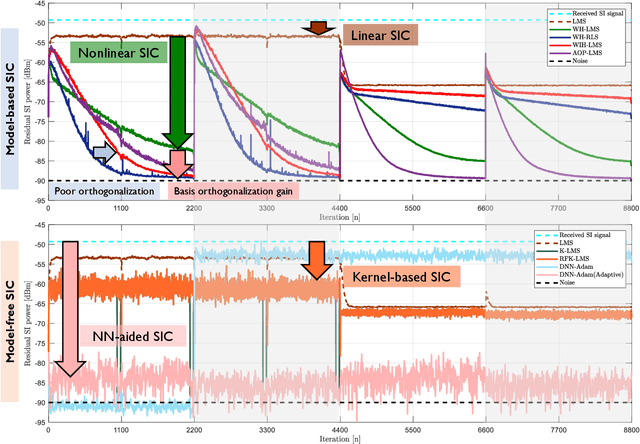
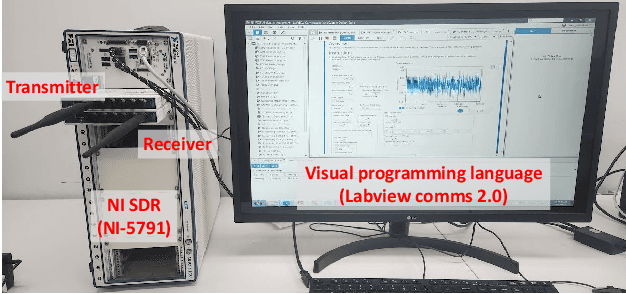
Abstract:Full-duplex communication systems have the potential to achieve significantly higher data rates and lower latency compared to their half-duplex counterparts. This advantage stems from their ability to transmit and receive data simultaneously. However, to enable successful full-duplex operation, the primary challenge lies in accurately eliminating strong self-interference (SI). Overcoming this challenge involves addressing various issues, including the nonlinearity of power amplifiers, the time-varying nature of the SI channel, and the non-stationary transmit data distribution. In this article, we present a review of recent advancements in digital self-interference cancellation (SIC) algorithms. Our focus is on comparing the effectiveness of adaptable model-based SIC methods with their model-free counterparts that leverage data-driven machine learning techniques. Through our comparison study under practical scenarios, we demonstrate that the model-based SIC approach offers a more robust solution to the time-varying SI channel and the non-stationary transmission, achieving optimal SIC performance in terms of the convergence rate while maintaining low computational complexity. To validate our findings, we conduct experiments using a software-defined radio testbed that conforms to the IEEE 802.11a standards. The experimental results demonstrate the robustness of the model-based SIC methods, providing practical evidence of their effectiveness.
Finding Globally Optimal Configuration of Active RIS in Linear Time
Aug 08, 2023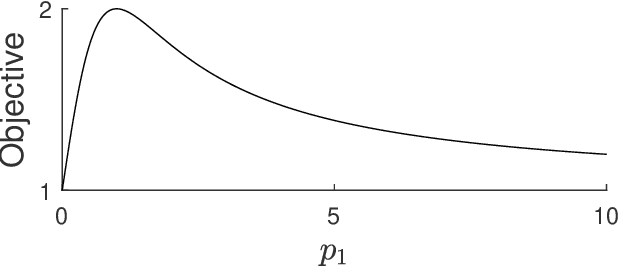
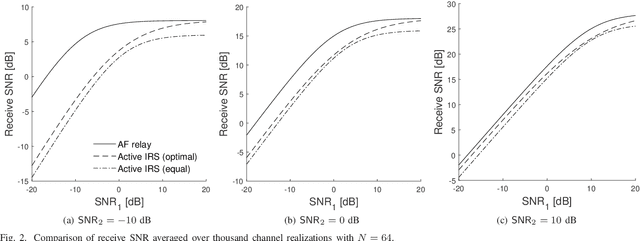

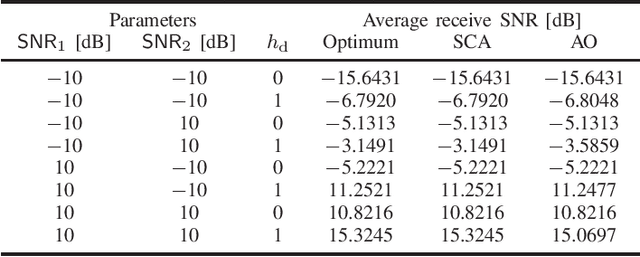
Abstract:This paper presents an algorithm for finding the optimal configuration of active reconfigurable intelligent surface (RIS) when both transmitter and receiver are equipped with a single antenna each. The resultant configuration is globally optimal and it takes linear time for the computation. Moreover, there is a closed-form expression for the optimal configuration when the direct link vanishes, which enables further analysis.
 Add to Chrome
Add to Chrome Add to Firefox
Add to Firefox Add to Edge
Add to Edge